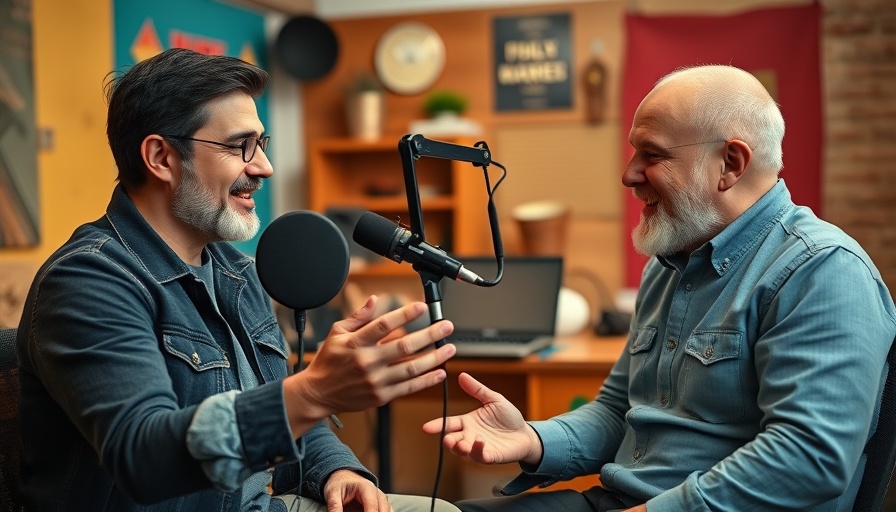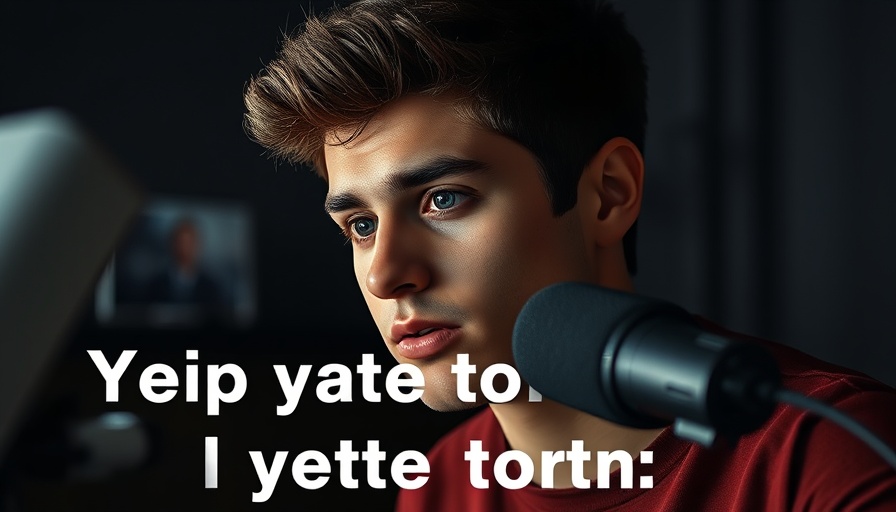
The Next Frontier in AI Development: Google's Opal
In this week's installment of advancing generative AI features, Google has introduced something that promises to reshape how we build applications. Titled Opal, this experimental AI app allows users to create powerful applications without any coding experience. With a user-friendly interface, Opal supports pre-set workflows that automate various tasks efficiently. Imagine seamlessly integrating AI capabilities to analyze a business profile or create a custom app without the traditional barriers of coding knowledge. This significant development showcases the growing accessibility of AI for not just tech experts but everyday users.
In 'Google Opal is Too Good to Be Free & More AI Use Cases', the video dives into the exciting features of innovative AI applications, prompting a deeper exploration of their potential impacts and benefits.
Transforming Creative Processes with AI
Google's vision can pave the way for exciting advancements across diverse industries, especially in creative sectors. Tools that simplify the application development process serve as a springboard for innovations in art, music, and design. For instance, the ability to harness AI-powered writing tools or design platforms allows creators to express themselves in new, transformative ways. As these AI applications evolve, the future of creative industries will be characterized by enhanced collaboration between technology and human creativity.
Notable Innovations: Notebook LM and Photoshop Harmonize
Additionally, the recent updates to popular applications such as Notebook LM and Photoshop signify significant leaps in how we produce creative content. Notebook LM’s new video overview feature, which generates presentation slides with voiceovers, caters specifically to visual learners and streamlines the content creation process. Meanwhile, Photoshop’s Harmonize feature effectively integrates disparate images by automatically adjusting their appearance for a cohesive final product—saving designers valuable time and effort. These enhancements indicate a trend towards AI tools that boost user efficiency and creativity.
Looking to the Future: Anticipating Changes in AI
As we observe these advancements, it's essential to consider how they will influence the future landscape of artificial intelligence and human productivity. While Opal and other AI applications exemplify the next phase in user-friendly technology, we must remain aware of the implications for creators, educators, and professionals. The ability to easily generate content and design without the need for extensive knowledge unlocks potential that could reshape various roles within industries. It opens up a dialogue about the importance of equipping users with the right tools to harness these advancements responsibly and creatively.
As we navigate the evolving world of AI tools and their potential impacts, it's crucial to engage with these technologies thoughtfully. How can you integrate new AI tools into your creative process or work environment? Start exploring platforms like Google’s Opal to see how AI can elevate your contributions.
 Add Row
Add Row  Add
Add 




Write A Comment